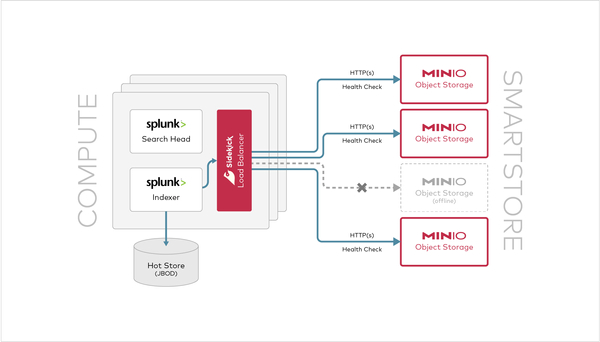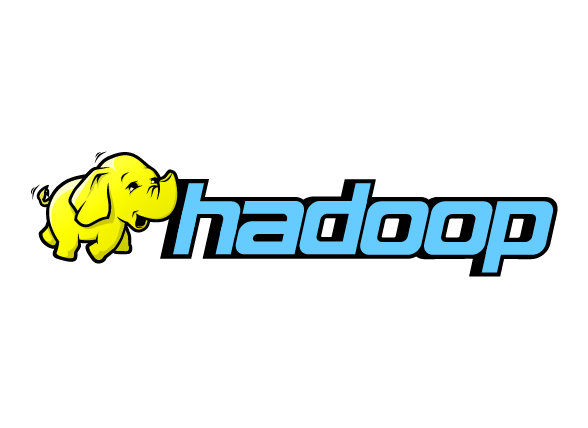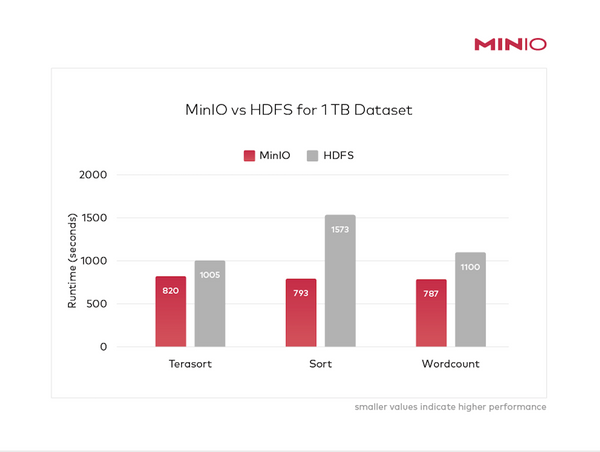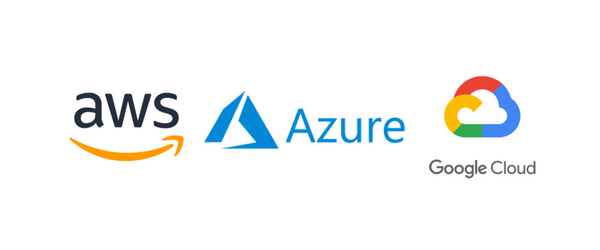Object Storage is Primary Storage

Stellar performance-at-scale, flexibility and consistency make object storage the best choice for cloud-native enterprises.
Read more...
Stellar performance-at-scale, flexibility and consistency make object storage the best choice for cloud-native enterprises.
Read more...
MinIO is a strong believer in transparency and data driven discussions. It is why we publish our benchmarks and challenge the rest of the industry to do so as well. It also is why we develop tools that allow a clean, clear measurement of performance and can be easily replicated. We want people to test for themselves. Further, we do
Read more...
Dig into MinIO internals and learn how this distributed object storage solution is optimized to handle thousands of versions of a single object.
Read more...
One-click automated performance testing for MinIO clusters.
Read more...
WARP performance testing MinIO on Supermicro Cloud DC servers with NVMe drives.
Read more...
Protecting blocks is not the same as protecting objects. Learn where block-level RAID falls short compared to erasure coding in distributed object storage.
Read more...
When you think about object storage workloads and storage types - databases are not the first thing that comes to mind. That is changing rapidly, however, driven by just two forces: the availability of true, high performance object storage and explosive growth of data and, perhaps more impactfully, its associated metadata. Because of these two forces, almost every major database
Read more...
MinIO server pools enable rapid expansion without the downtime and risk of rebalancing.
Read more...
Cloud-native workloads push storage to the limit with many small files. MinIO combines metadata and data to optimize small file operations.
Read more...
Cassandra is a popular, tried-and-true NoSQL database that supports key-value wide-column tables. Like any powerful tool, Cassandra has its ideal use cases - in particular, Cassandra excels at supporting write-heavy workloads, while having limitations when supporting read-heavy workloads. Cassandra's eventual consistency model and lack of transactions, multi-table support like joins, subqueries can also limit its usefulness. However, using
Read more...
Over the last decade or so, object storage use cases have evolved considerably as they replace traditional file and block use cases. Specifically the need to work with small data objects is becoming commonplace. Yes, there’s still plenty of large objects but small objects are becoming more prevalent than large for specific workloads and application environments. Traditional object storage
Read more...
The recent announcement from AWS about the general availability of their new ARM-powered Graviton2 servers caused us to take another look at the performance of these ARM servers. In this blog post we describe the results which you may find surprising. Introduction MinIO [https://github.com/minio/minio] is an Apache licensed, open source S3-compatible object storage server with a
Read more...Introduction While MD5 hashing is no longer a good choice when considering a hash function, it is still being used in a great variety of applications. As such any performance improvements that can be made to the MD5 hashing speed are worth considering. Due to recent improvements in SIMD processing (AVX2 and especially AVX512) we are providing a Go md5-simd
Read more...
Veeam's V10 release adds object storage support in a big way. Find out how these two software stacks play together to deliver performance oriented backup and restore.
Read more...
Almost all of the modern cloud-native applications use HTTPs as their primary transport mechanism even within the network. Every service is a collection of HTTPs endpoints provisioned dynamically at scale. Traditional load balancers that are built for serving web applications across the Internet are at a disadvantage here since they use old school DNS round-robin techniques for load balancing and
Read more...
Introduction JSON has established itself as the "lingua franca" of the web. As such the parsing performance of JSON is hugely important for many applications. Despite the simple and human-friendly nature of JSON, it is not a technically trivial format to parse at high speeds. Recently some new designs have been presented one of which is simdjson [https:
Read more...
With another Strata in the rearview mirror, it is time to reflect on what we saw and heard during the week. Strata is clearly a data science show at this point but data science is broad topic. Our perspective, as a provider of high performance object storage, is framed accordingly and we focus on the data stack more than we
Read more...
The demise of Hadoop is probably overblown. It will not suddenly disappear from the enterprise landscape - there are simply too many clients, too much sunk investment for it to vanish into the night. What is not overblown is the fact that Hadoop, like countless technologies before it, is in secular, irreversible decline. There are a number of reasons but
Read more...
Few would argue with the statement that Hadoop HDFS is in decline. In fact, the HDFS part of the Hadoop ecosystem is in more than just decline - it is in freefall. At the time of its inception, it had a meaningful role to play as a high-throughput, fault-tolerant distributed file system. The secret sauce was data locality. By co-locating
Read more...
The power of scale [https://hbr.org/search?search_type=&term=scale&sort=popularity_score] is well-documented in the world of business. Cloud providers - Amazon in particular - have amassed extraordinary scale in a very short period of time. The cloud providers are now using this scale to rearchitect how enterprises interact with their data. They are
Read more...